Robert Rauschenberg
The visionary artist who made masterpieces from the mundane
The visionary artist who made masterpieces from the mundane
Robert Rauschenberg
1925–2008
The Week
Escape your echo chamber. Get the facts behind the news, plus analysis from multiple perspectives.

Sign up for The Week's Free Newsletters
From our morning news briefing to a weekly Good News Newsletter, get the best of The Week delivered directly to your inbox.
From our morning news briefing to a weekly Good News Newsletter, get the best of The Week delivered directly to your inbox.
Awakening one day in 1955, eager to work, the artist Robert Rauschenberg realized he was out of materials. So he slathered paint, fingernail polish, and toothpaste onto his bedspread, sheets, and pillow. The result, Bed, became an iconic piece by a man who is now considered one of the 20th century’s most innovative American artists. Rauschenberg, who has died at 82, was a transitional figure between abstract expressionists, such as Jackson Pollock, and pop artists, typified by Andy Warhol. He shattered traditional boundaries that separated sculpture, printmaking, painting, and photography. “I like to work,” he said, “in the gap between art and life.”
Rauschenberg’s childhood in Port Arthur, Texas, was difficult, said the Los Angeles Times. His family was so poor that his mother once made a shirt for his father out of scraps—a technique he remembered when creating his first pieces. Dyslexic, he did badly in school. “While my classmates were reading their textbooks,” he once remarked, “I drew in the margins.” Expelled from the University of Texas for refusing to dissect a frog, Rauschenberg was drafted into the Navy, where he drew portraits of Marines for them to send home. He then odd-jobbed his way through various art schools.
By the early 1950s, said The Philadelphia Inquirer, Rauschenberg had “extended the vocabulary of painting, which had been more or less fixed since the Middle Ages.” This he did “by combining pigment with real objects such as fabrics, household appliances, and photographs reproduced from newspapers.” He called the results “combines.” One of his most famous, Monogram, consisted of an automobile tire encircling a stuffed Angora goat mounted on a paint-slathered platform that housed a police barricade, the heel of a shoe, and a tennis ball. Another Rauschenberg creation, Canyon, was a stuffed bald eagle attached to a canvas. His pieces, he explained, would look “more like the real world if they had pieces of the real world in them.”
Rauschenberg’s audacity was astonishing, said The Washington Post. In 1953, for Automobile Tire Print, he kept applying black ink to the rear tire of a Model A Ford as his friend the composer John Cage drove it across a 22-foot-long paper roll. For Pelican, his 1963 performance piece, Rauschenberg slipped into a helmet and parachute and roller-skated as a collage of sounds played in the background. But though frequently playful, his work was intensely felt. Once, he got Willem de Kooning to give him a drawing, then erased it and exhibited the result. “It was the younger generation, turning history into a blank slate, but needing that history for its erasure to have meaning.”
A free daily email with the biggest news stories of the day – and the best features from TheWeek.com
Many critics disdained Rauschenberg, said the Chicago Tribune. One called his art “the total and general defeat of culture.” Another suggested that he toss his latest work into the river (Rauschenberg promptly complied). But after becoming the first American to win the Venice Biennale Grand Prize, in 1964, his reputation was secure. In 1976, around the time he was named the Smithsonian Institution’s “Bicentennial Artist,” a West German survey named him “the most prominent contemporary artist in the world,” with more work represented in museums, private collections, and art installations than any other living artist from the previous two decades.
In his last years, Rauschenberg suffered from the debilitating effects of alcohol; a stroke in 2002 that paralyzed his right side further diminished his output. But by switching to his left hand, and with the help of assistants, he kept working. “A lot of people try to think up ideas,” he said. “I’m not one. I’d rather accept the irresistible possibilities of what I can’t ignore.”
-
 Will there be peace before Christmas in Ukraine?
Will there be peace before Christmas in Ukraine?Today's Big Question Discussions over the weekend could see a unified set of proposals from EU, UK and US to present to Moscow
-
 Quiz of The Week: 6 – 12 December
Quiz of The Week: 6 – 12 DecemberQuiz Have you been paying attention to The Week’s news?
-
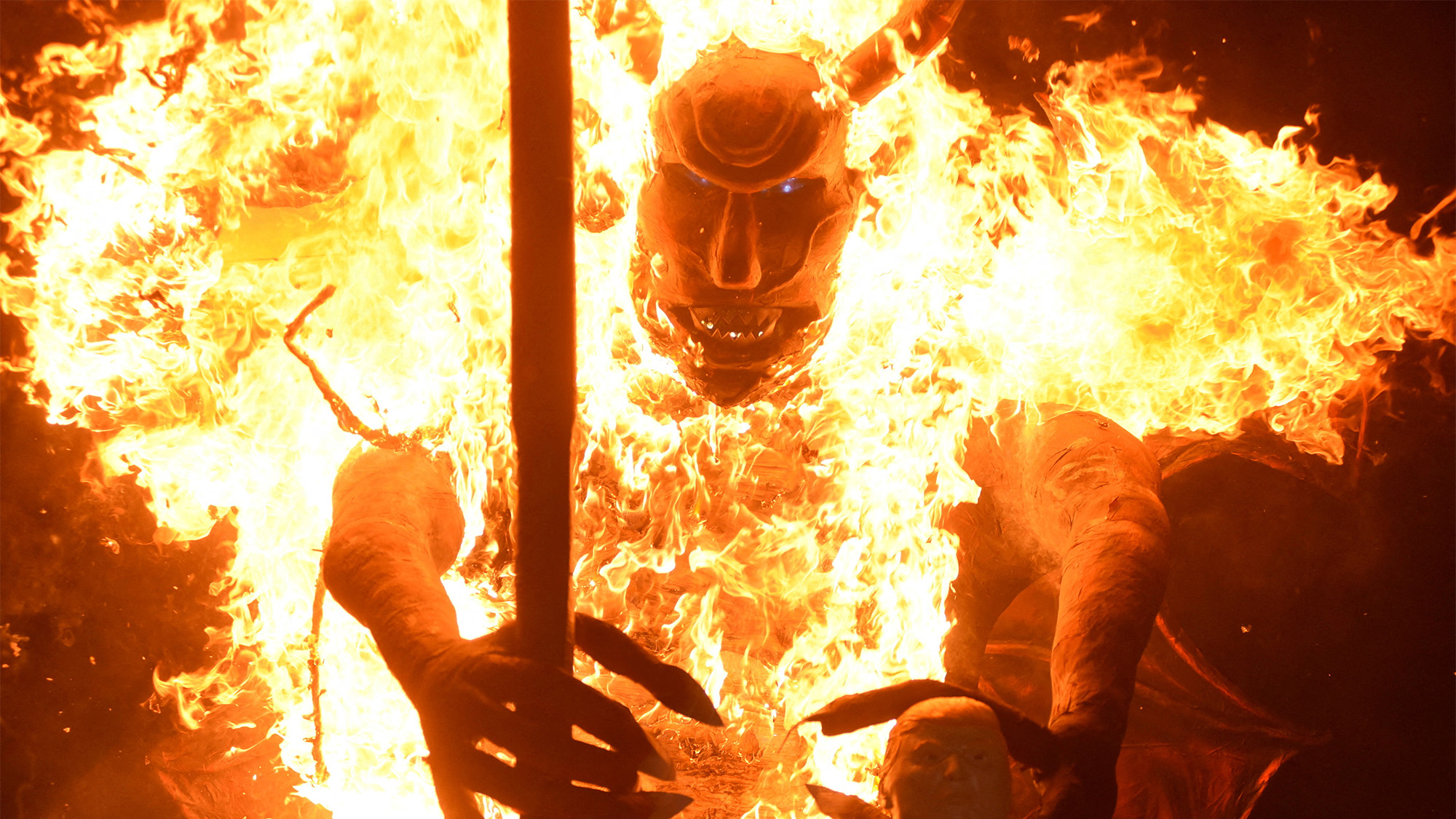 The week’s best photos
The week’s best photosIn Pictures A man's best friend, the elephants in the room, and more
-
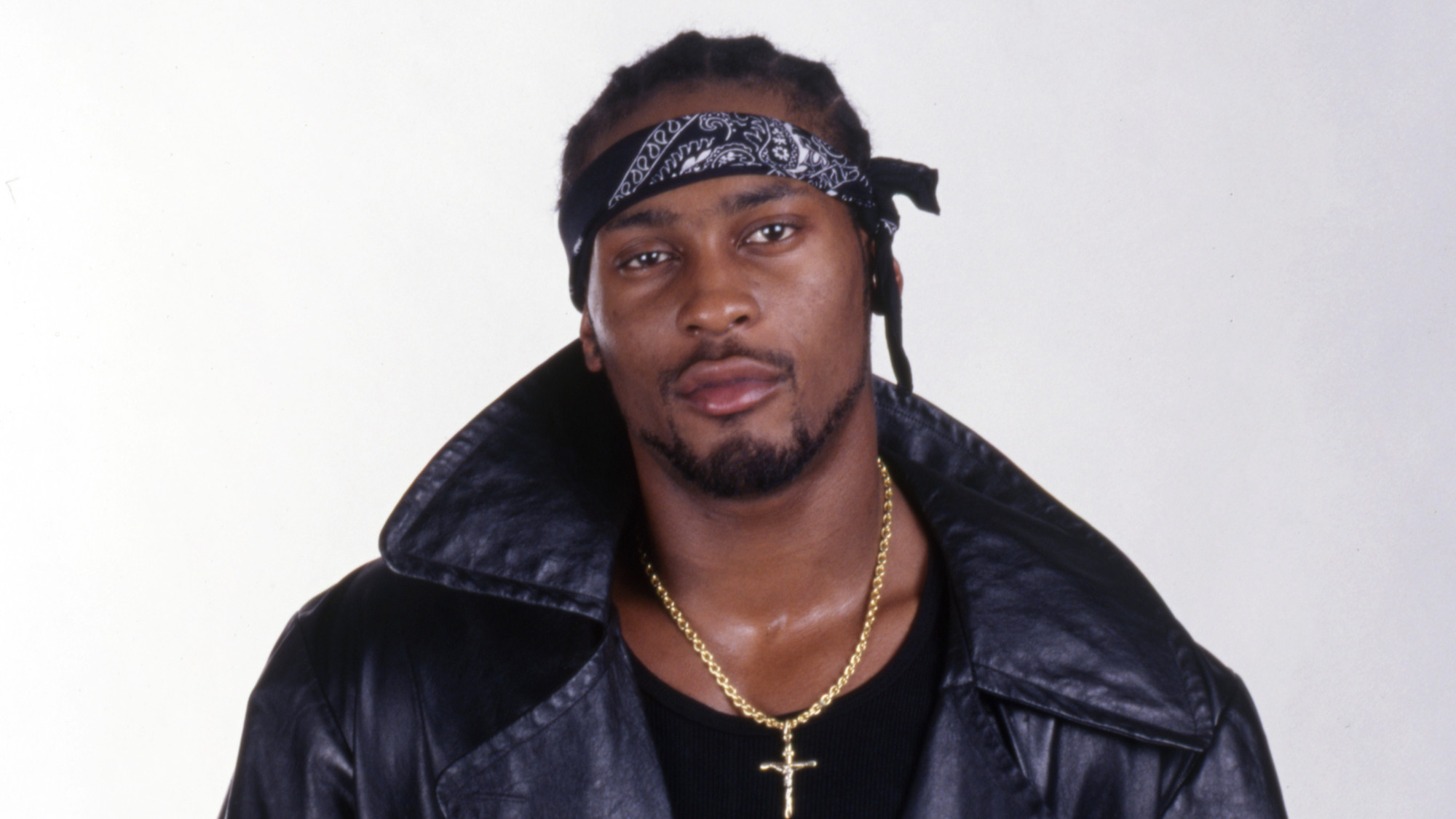 R&B singer D’Angelo
R&B singer D’AngeloFeature A reclusive visionary who transformed the genre
-
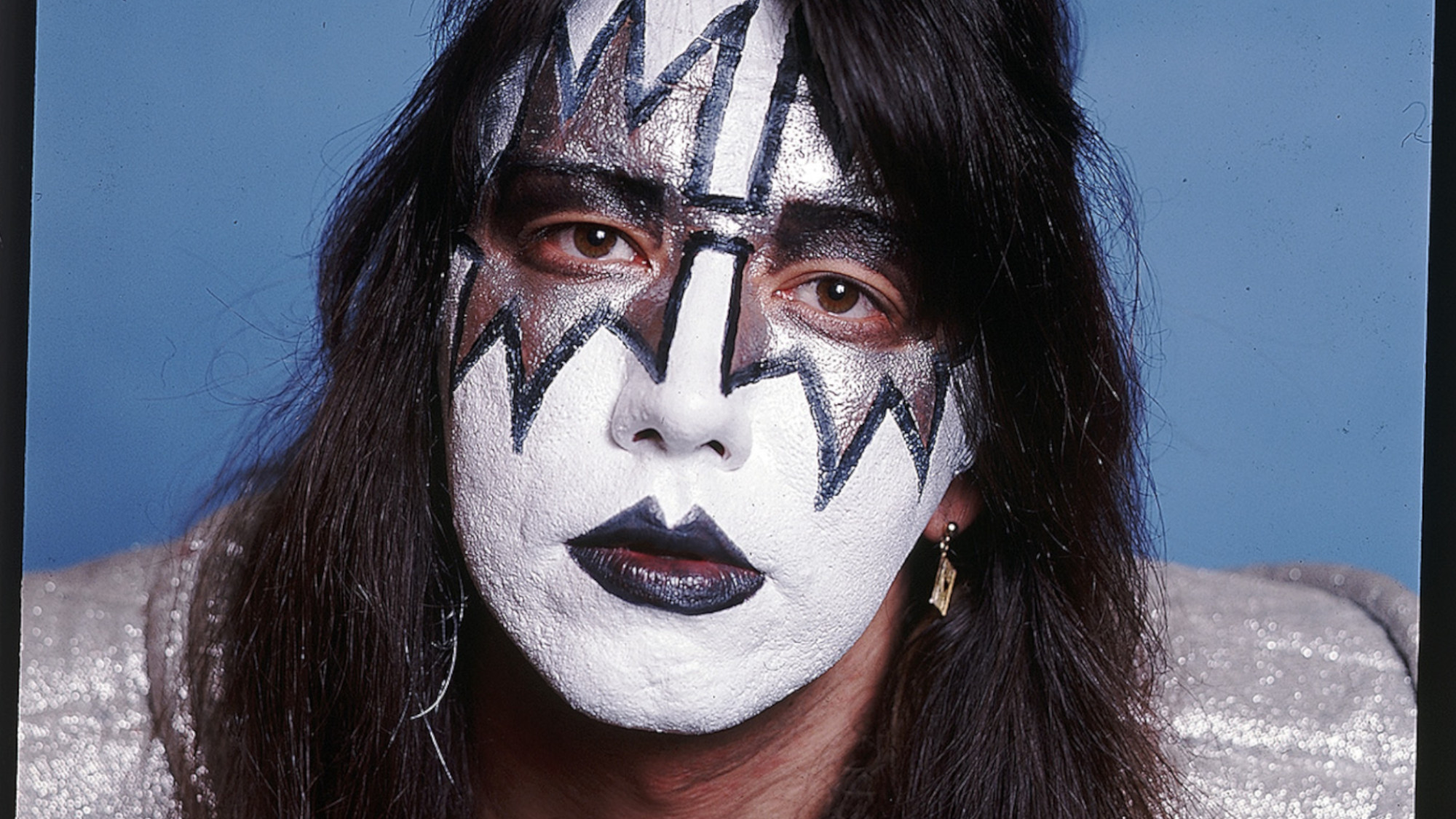 Kiss guitarist Ace Frehley
Kiss guitarist Ace FrehleyFeature The rocker who shot fireworks from his guitar
-
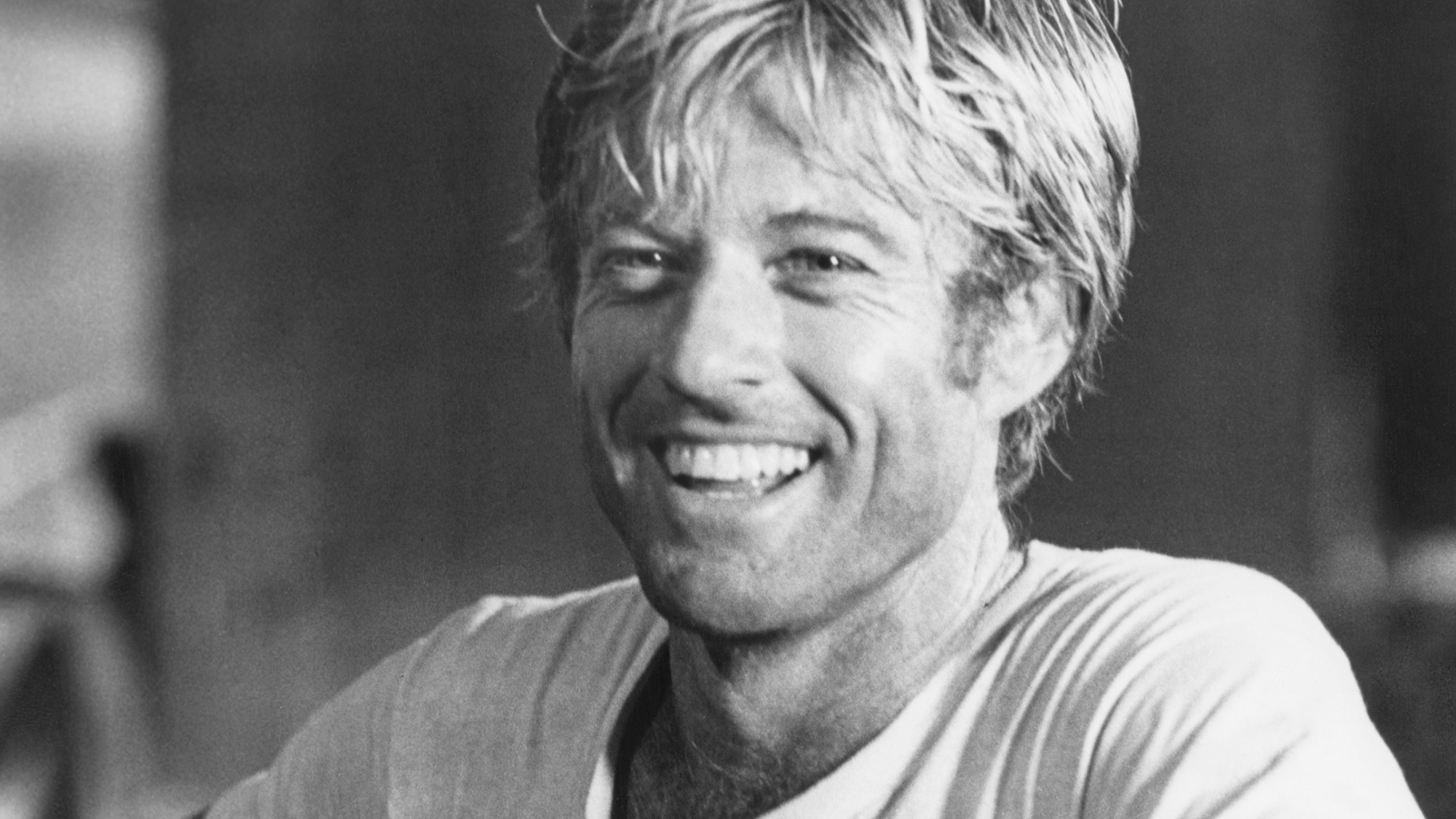 Robert Redford: the Hollywood icon who founded the Sundance Film Festival
Robert Redford: the Hollywood icon who founded the Sundance Film FestivalFeature Redford’s most lasting influence may have been as the man who ‘invigorated American independent cinema’ through Sundance
-
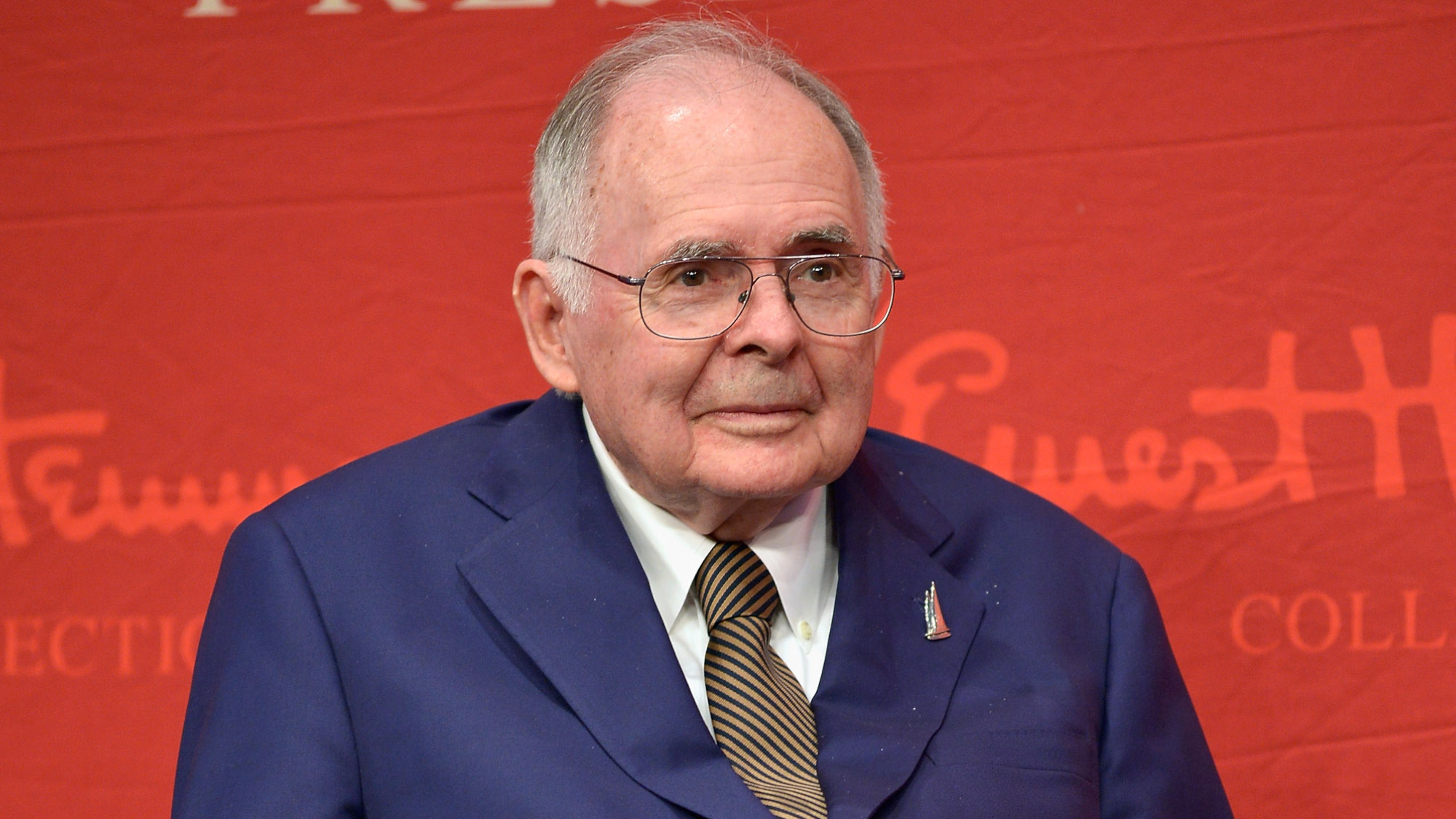 Patrick Hemingway: The Hemingway son who tended to his father’s legacy
Patrick Hemingway: The Hemingway son who tended to his father’s legacyFeature He was comfortable in the shadow of his famous father, Ernest Hemingway
-
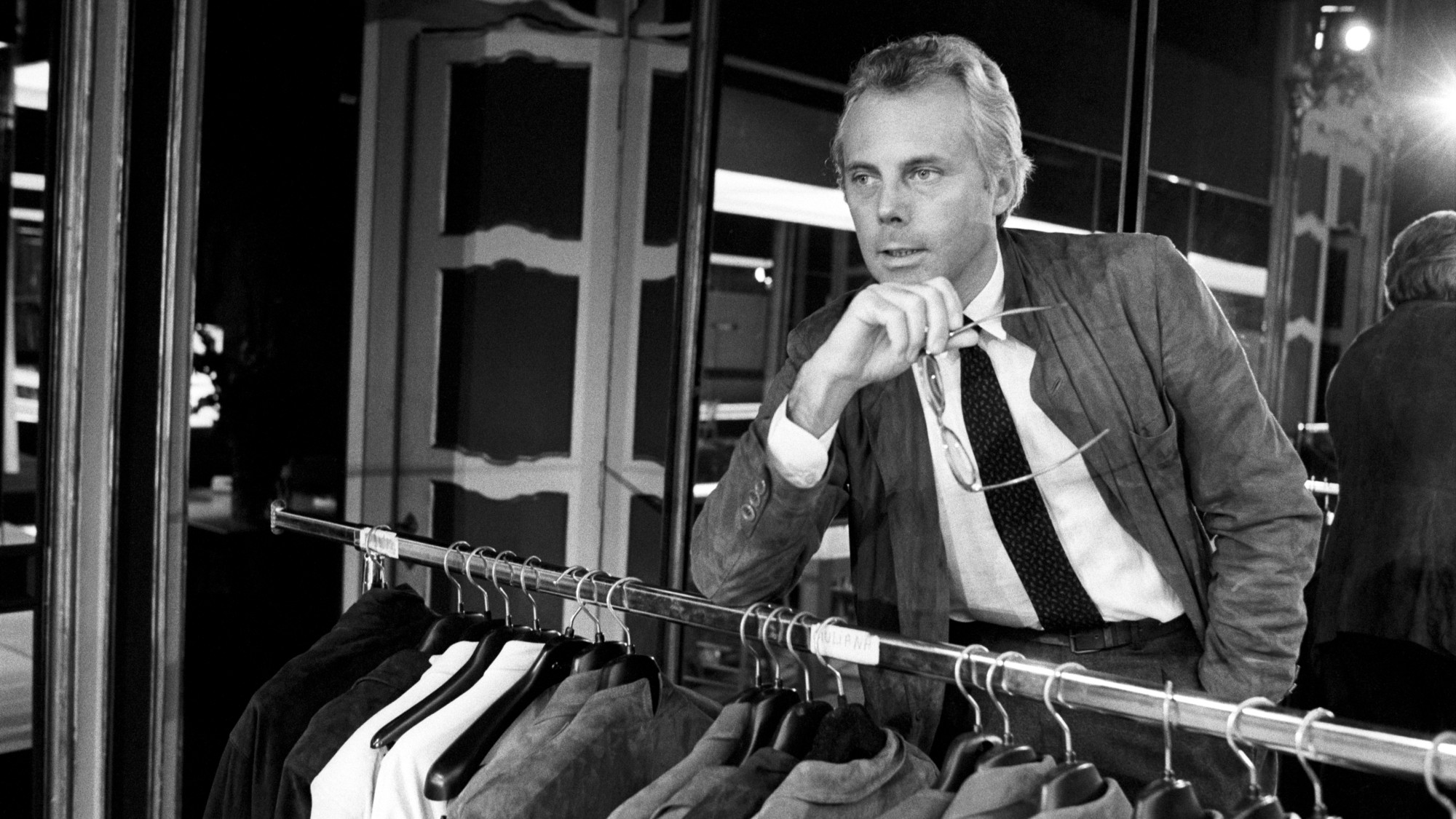 Giorgio Armani obituary: designer revolutionised the business of fashion
Giorgio Armani obituary: designer revolutionised the business of fashionIn the Spotlight ‘King Giorgio’ came from humble beginnings to become a titan of the fashion industry and redefine 20th-century clothing
-
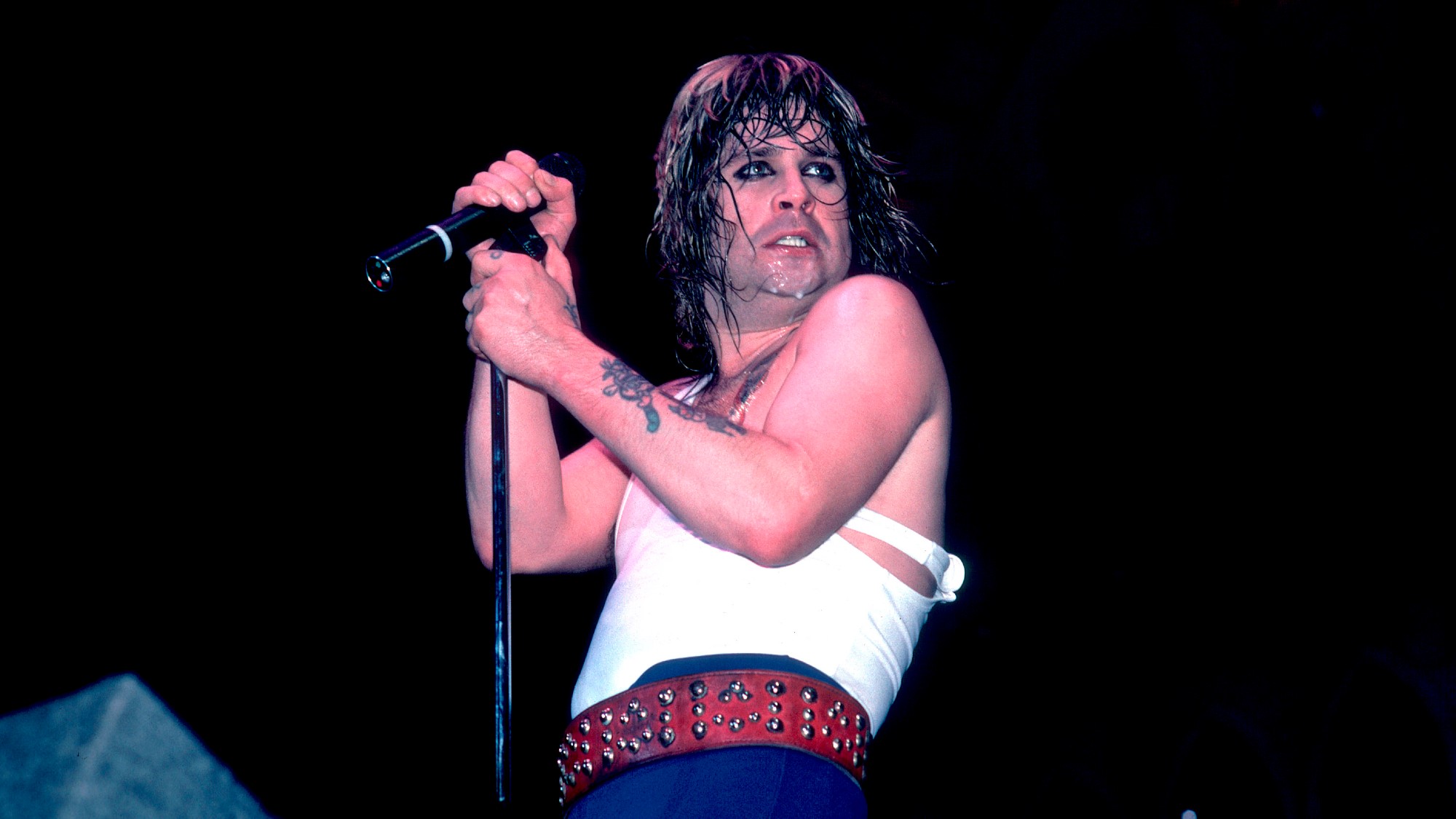 Ozzy Osbourne obituary: heavy metal wildman and lovable reality TV dad
Ozzy Osbourne obituary: heavy metal wildman and lovable reality TV dadIn the Spotlight For Osbourne, metal was 'not the music of hell but rather the music of Earth, not a fantasy but a survival guide'
-
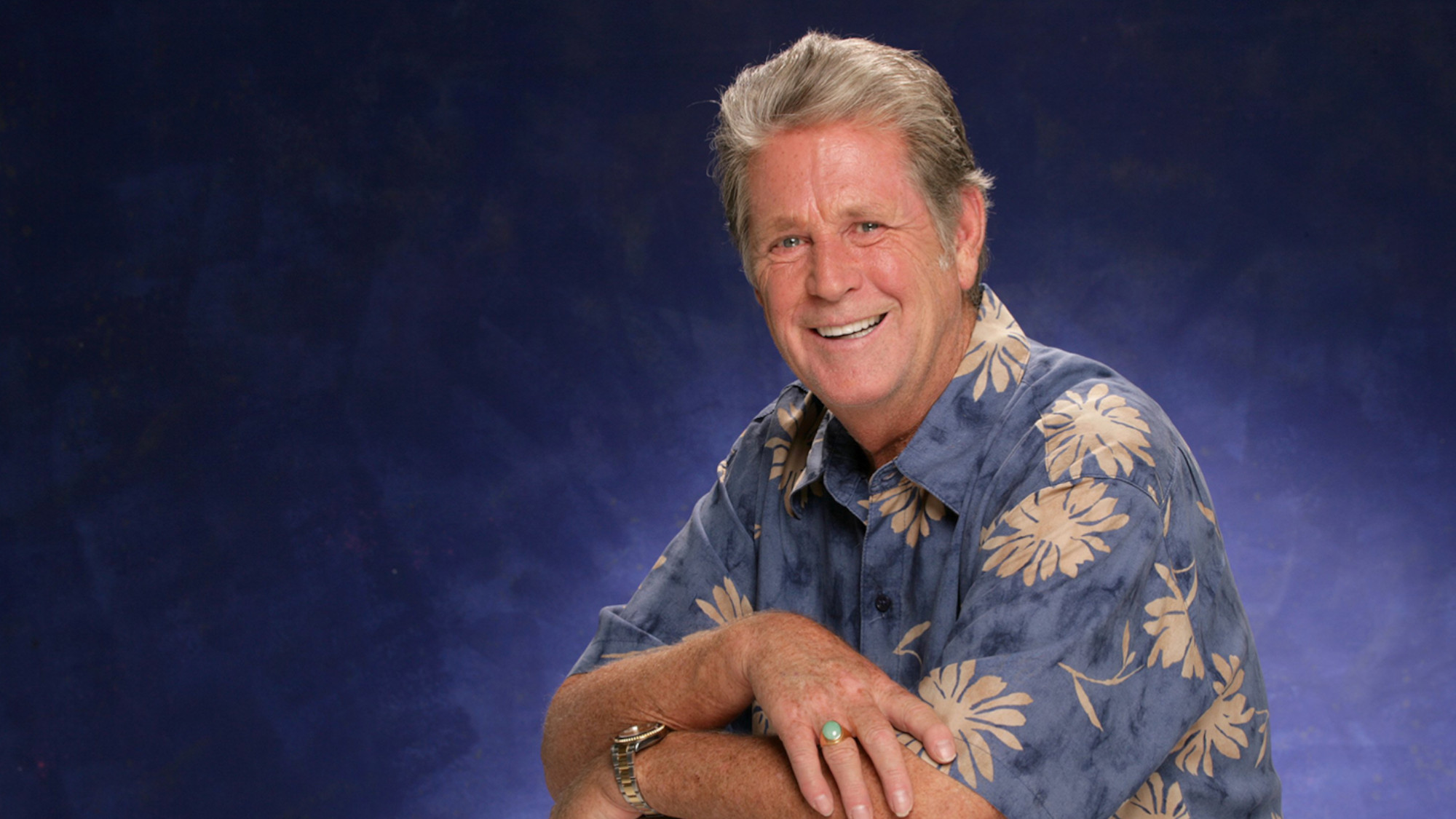 Brian Wilson: the troubled genius who powered the Beach Boys
Brian Wilson: the troubled genius who powered the Beach BoysFeature The musical giant passed away at 82
-
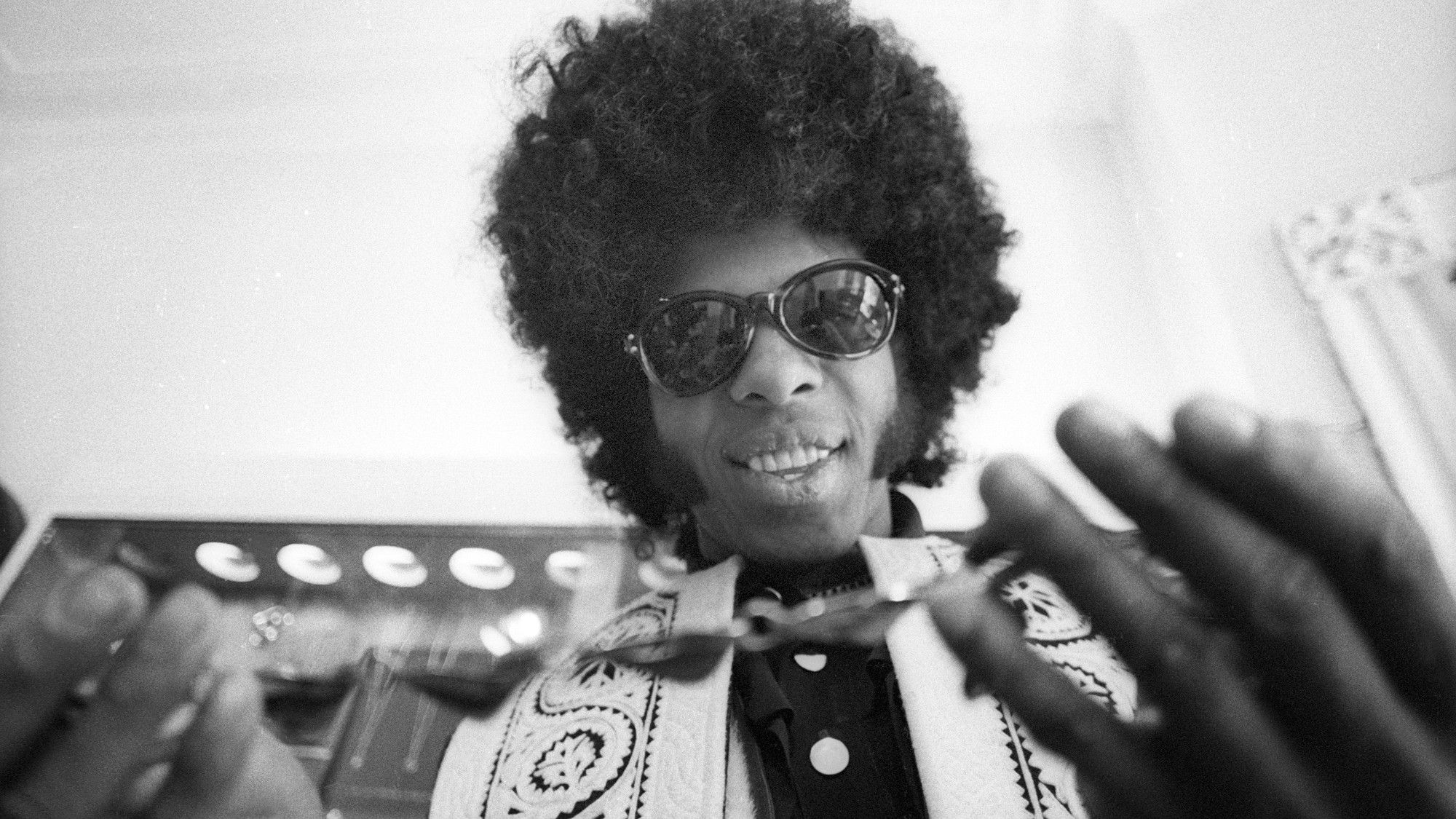 Sly Stone: The funk-rock visionary who became an addict and recluse
Sly Stone: The funk-rock visionary who became an addict and recluseFeature Stone, an eccentric whose songs of uplift were tempered by darker themes of struggle and disillusionment, had a fall as steep as his rise